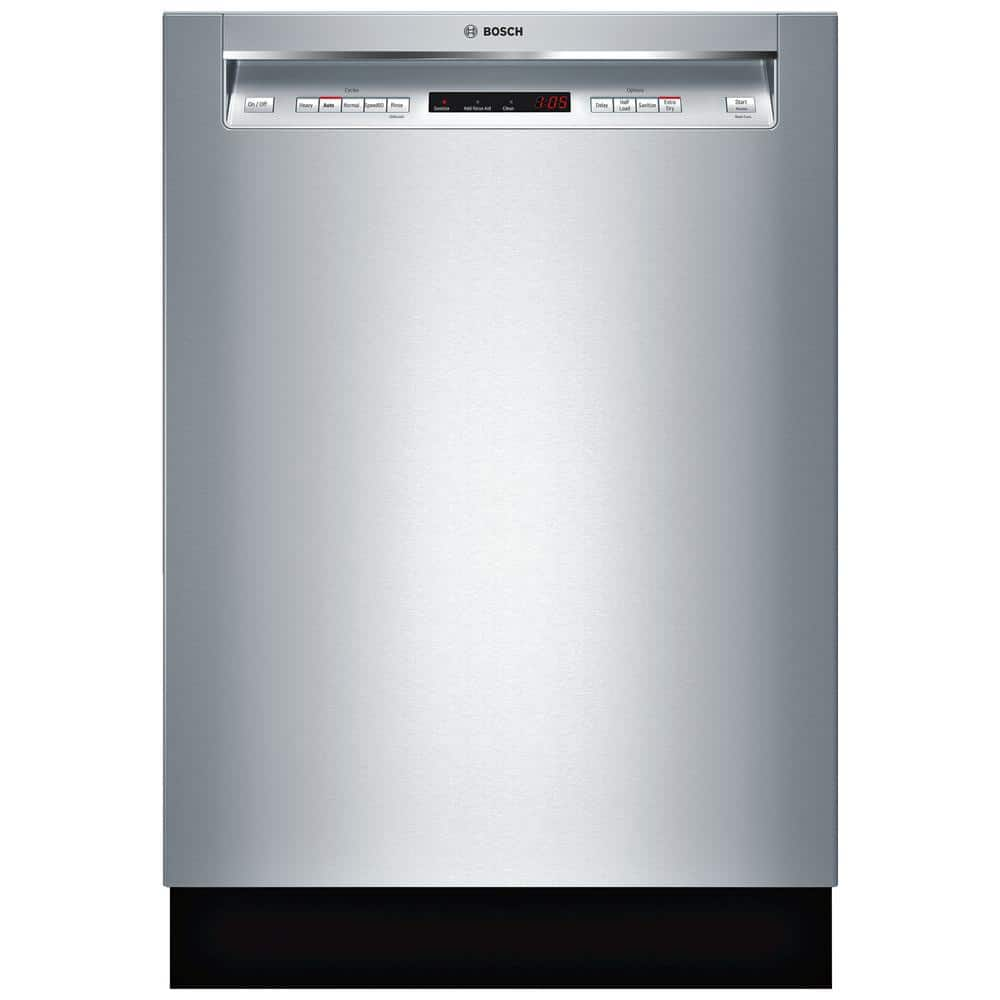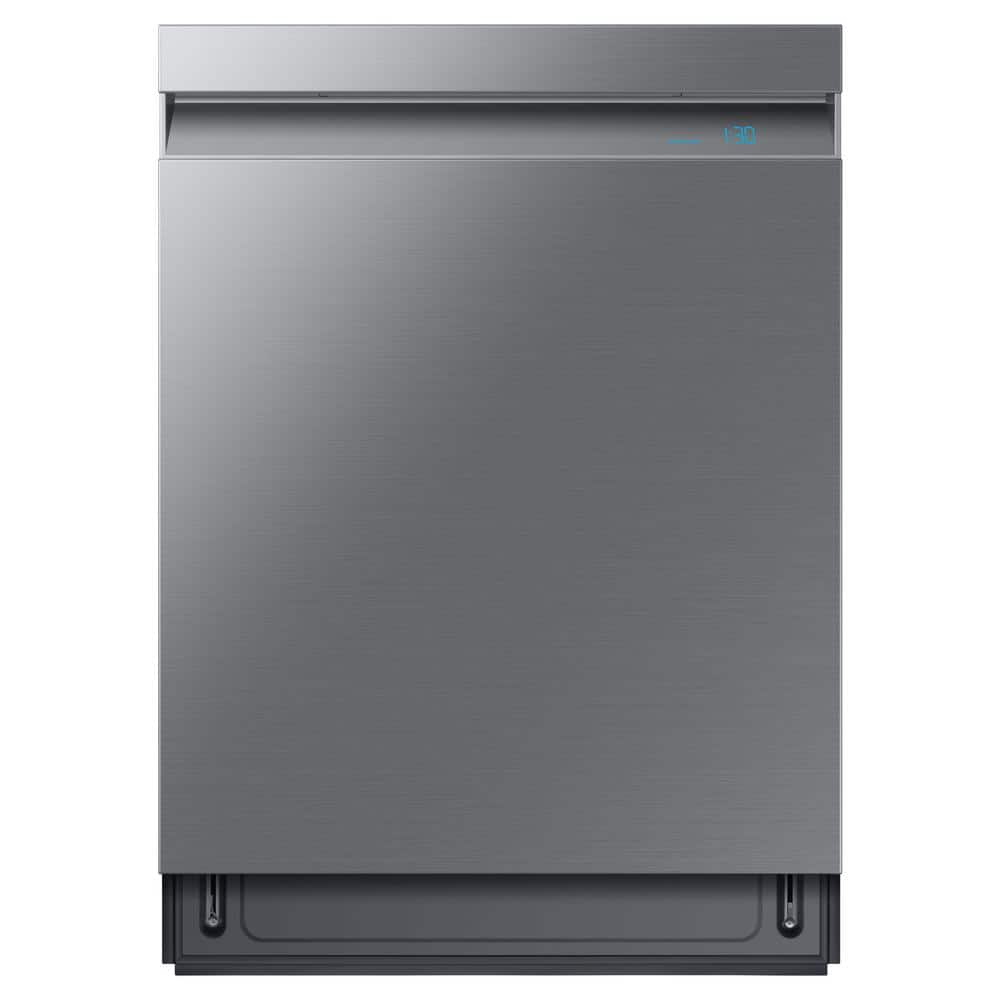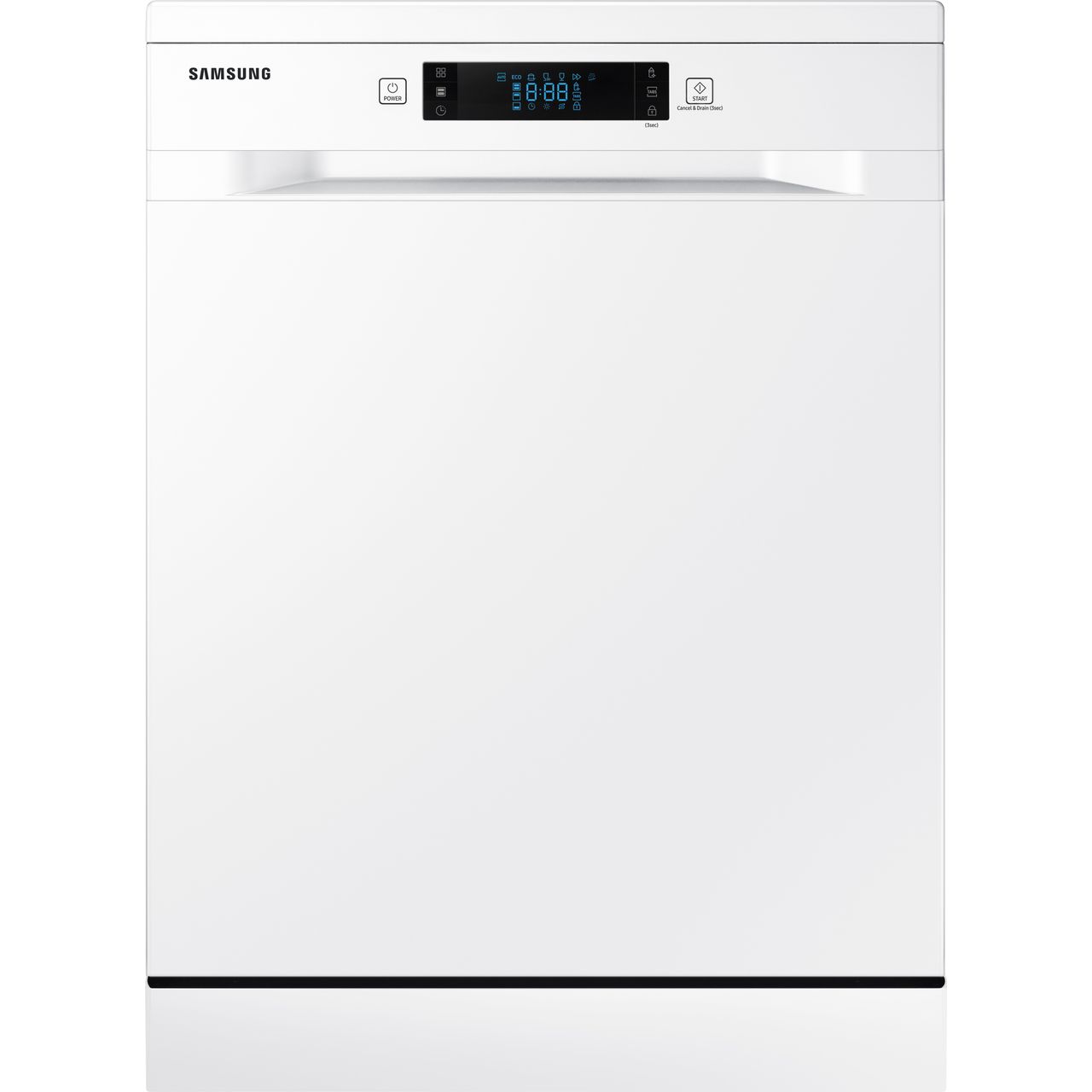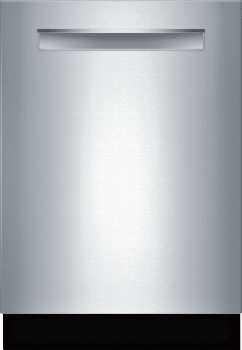Beko DIN16430 Fully Integrated Standard Dishwasher – Stainless Steel / Black Control Panel with Fixed Door Fixing Kit
14 place settings – great for medium-sized households. 30 minute quick wash – great if you’re in a hurry. Flexible baskets make it easy to load larger items. Dries efficiently with heat created during the wash.
This integrated dishwasher from Beko makes the after-dinner clean up a breeze. It holds up to 14 place settings, so it’s ideal for a medium-sized household. Thanks to the clever Auto programme, you’ll only ever use the exact amount of energy that’s needed. It uses sensors to check the level of dirt in the water, so will adjust the cycle to match. You’ll easily be able to fit in any bulky items too, as the flexible baskets can be moved to make room. This model also uses the residual heat from the wash to dry your dishes naturally, meaning you can leave the tea towel in the drawer.
- 14 place settings – great for medium-sized households
- 30 minute quick wash – great if you’re in a hurry
- Flexible baskets make it easy to load larger items
- Dries efficiently with heat created during the wash
- Dimensions (cm) – H81.8 x W59.8 x D55
Less time waiting to unload
Sometimes you’re in a hurry to get a load cleaned, and the quick wash programmes will be a big help. The Mini 30° programme will wash a full load of lightly dirty dishes in just 30 minutes. Or, if you need a more intense wash, the Quick&Shine™ setting will take just 58 minutes to get a full load sparkling again.
No wasted time or energy
Beko’s auto programme gives you the most efficient wash possible, every time. Once the special built-in sensors have measured how dirty your dishes are, they’ll automatically adjust the water and temperature settings to suit. This is not only bound to lighten your monthly bills, but you’ll rest easy knowing you’re doing your bit for the planet too.
Get the dishes done from the comfort of your couch
Cut down on wash times with the handy Fast+ Function. When you choose this setting, it reduces your chosen programme by up to 70% by increasing the water pressure. This means your dishes come out sparkling and you won’t have to wait as long before setting the table.
Know exactly when the dishes are done
With this model, tracking your dishwasher’s progress will be easier than ever. That’s because it’s got a nifty red light that is projected onto the floor when it’s still working, and turns off when your dishes are done. No more opening your dishwasher to a face full of hot steam – perfect.
Tips for measuring up
Want to make sure this integrated dishwasher will fit in your kitchen? Check out our handy measurement guide video. We’ll show you everything you need to know about measuring up in just a few simple steps, so your new appliance will fit like a glove.
Additional information
| Dimensions (cm) | (H)81.8 x (W)59.8 x (D)55.0 |
|---|---|
| Dimensions With Packaging | (H)85.9 x (W)64.4 x (D)66.1 cm |
| Weight | 36 Kg |






by Sarah
This is a great dishwasher, plenty of space and washes and dries really well, love the red light that shows up on the floor when it’s on, also it’s fairly quiet, you can’t go wrong with this product.
by Paul
Really impressed with this machine for the price range. Much better performance than our old machine, efficient and well organised inside. The top layer also moves up to accommodate bigger plates in the lower level. Cutlery basket can be put in any position on the lower drawer and some if the plate spikes collapse down to fit in larger pots and pans. Overall very happy!!
by John
Overall a very good, reassuringly well built, dishwasher. Plenty of wash programmes to choose from. Very quite compared to others I’ve owned. So much so that the blue light beam that shines onto the floor to show that a wash is in progress is a nice, useful touch. Everything comes out dry and sparkling. The only reason I couldn’t give it 5-Stars was the poor explanation in the user guide on how to set up the automatic water softener (salt usage) depending on the hardness of your local water supply. You only need to do that once, but still took me over 20 minutes to figure it out. Highly recommended.
by Robert
Not had it long, but it seems a good dishwasher. Am in process of working through all the Wash programs to check duration / power consumption. So far all seems OK, though I’me emailing Beko to find out how you do a Quick Wash! One point, the instructions (install especially) are pretty poor.
by Anthony
High spec machine for the price, couldn’t be happier. Easily installed even with being intergrated. Red/green light feature onto the floor a nice touch and self opening door by a couple of inches at the end of the cycle dries even the plastics off. Top marks all round from me.